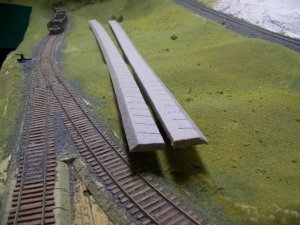I believe that Homabed is still available under that Brand name, but the availability of the sheets depends on what part of the country you're in. The product from Homasote, (the company's real name), that we knew as Homasote, according to the website, last time I looked, is now called Homasote Soundboard, IIRC.
I live in the south, and NO ONE carries it here, and except for specialty suppliers, NO ONE wants to. The price is outrageous as well from these places. I would prefer to use Homasote, but the price, (almost $80 a 5' x 9' sheet the last time I checked), prevents this.
Other general lumberyards are willing to order it, but their minimum order, (1 ton), would blow my budget for a couple of years. They won't even order it unless its all "bought" before ordering.
I have found a very good substitute, in what we call "Brown Board". Its insulating sheathing, 1/2" thick, 4' x 8'. I cut out strips, slightly wider than what is needed, and then split the strips with the saw into 1/4" thick strips. These are then beveled, and laid out for use. Partial cuts are placed partway thru the material, to allow for bending into smooth curves. Best thing is this material is $6.00 to $8.00 a sheet.
It really holds spikes well. I've had some of it in place for almost 7 years, and no spikes have worked loose in the non-climate controlled garage in the basement.


